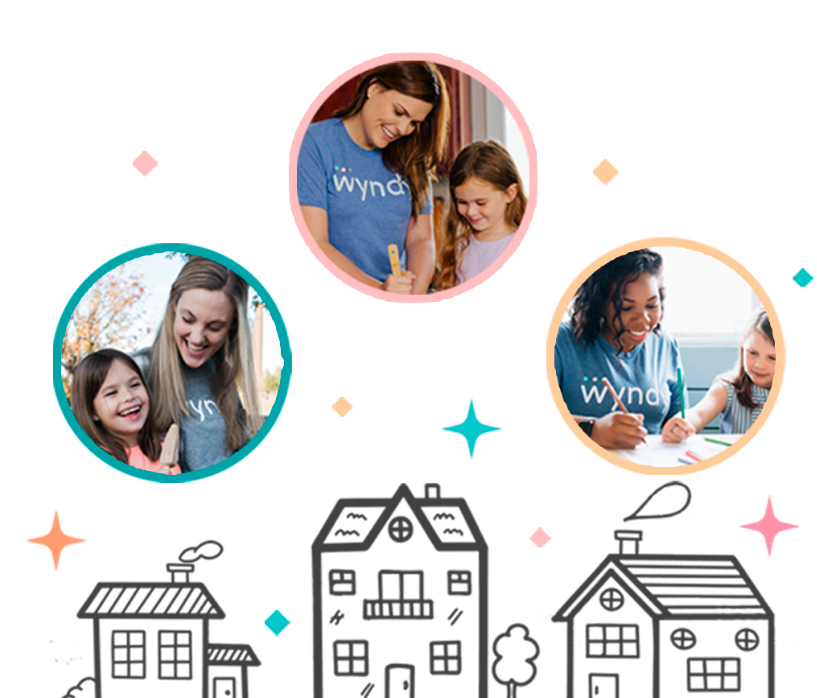Table of Contents
Setting Expectations and Communication
One of the most important aspects of engaging with your babysitter is setting clear expectations and maintaining open communication. Before the babysitter starts, make sure to discuss important details such as your child’s schedule, routines, any allergies or medical conditions, and your expectations for behavior and activities. It’s also important to communicate about emergency procedures, including how to contact you or emergency services in case of an emergency. By establishing clear expectations and fostering open communication, you can ensure that your child’s needs are met and that the babysitter feels supported in their role.
On-Demand Childcare in Your Neighborhood
Book a Sitter
Building a Relationship with Your Babysitter
Building a positive relationship with your babysitter is key to creating a supportive and enjoyable environment for both your child and the sitter. Take the time to get to know your babysitter on a personal level – ask about their interests, experiences, and goals. Show appreciation for their hard work and dedication, and make an effort to provide positive feedback and encouragement. By building a strong and trusting relationship with your babysitter, you can foster a sense of teamwork and collaboration that benefits everyone involved.
Encouraging Enriching Activities
Babysitters can provide valuable opportunities for engagement and enrichment for your child. Encourage your babysitter to engage in activities that promote learning, creativity, and physical activity. Provide access to age-appropriate books, games, and toys, and suggest activities such as arts and crafts, outdoor play, or educational games. You can also provide guidance on routines and schedules that promote healthy habits and development. By encouraging enriching activities, you can help your child learn and grow in a fun and engaging way.

Providing Feedback and Appreciation
Feedback and appreciation are essential components of engaging with your babysitter. Take the time to provide regular feedback on the babysitter’s performance, highlighting areas of strength and providing constructive criticism when needed. Acknowledge their hard work and dedication, and express your appreciation for their efforts. Consider leaving a note or sending a text message after each babysitting session to thank them for their time and care.
By providing feedback and appreciation, you can build a positive and supportive relationship with your babysitter and ensure that your child receives the best possible care.
Creating a Safe and Supportive Environment
Finally, creating a safe and supportive environment is essential for engaging with your babysitter effectively. Make sure that your home is childproofed and that potential hazards are minimized. Provide clear instructions on safety procedures, such as how to handle emergencies, administer medications, or deal with discipline issues. Encourage open communication and ensure that your babysitter feels comfortable asking questions or raising concerns. By creating a safe and supportive environment, you can establish a positive and secure setting for your child and the babysitter.
In conclusion, making the most of your babysitter involves actively engaging with them, setting clear expectations, building a positive relationship, encouraging enriching activities, providing feedback and appreciation, and creating a safe and supportive environment. By following these tips, you can create a positive and enriching experience for both your child and the sitter, and ensure that your child receives the best possible care while you are away.











